Hoi An city is located in the lower Thu Bon river, about 9 km east of National Highway 1A, about 25 km southeast of Da Nang city and about 50 km northeast of Tam Ky city. Hoi An has a long history and culture and is one of the attractive tourist destinations in the country and the world .
Diversity of cultural products
Hoi An is a place where people from many classes, many sources, many ethnicities gather and live together, a meeting point, an intersection between the Cham-Vietnamese-Chinese-Japanese-Indian civilizations and Western countries; it is the cradle of spreading Christianity, Buddhism and is one of the two cradles of the birth of the national language.
In Hoi An, traditional cultural festivals take place all year round. Notably, in recent years, Hoi An has been chosen as the venue for modern festivals, political events, cultural-tourism events of international, regional, national scale, etc., attracting the attention and participation of a large number of residents and tourists. Hoi An also has many famous craft villages with a rich folk art treasure and a unique culinary culture.
In recent times, Quang Nam province and Hoi An city have made efforts to mobilize domestic and international resources to build and develop the socio-economy and achieved many outstanding results, especially in the work of preserving and promoting the value of Hoi An Ancient Town - World Cultural Heritage and Cu Lao Cham World Biosphere Reserve.
Hoi An city is located in the lower Thu Bon river, about 9 km east of National Highway 1A, about 25 km southeast of Da Nang city and about 50 km northeast of Tam Ky city. Hoi An has a long history and culture and is one of the attractive tourist destinations in the country and the world.
Chairman of the People's Committee of Hoi An City Nguyen Van Son said that since Hoi An Ancient Town was recognized by UNESCO as a World Cultural Heritage and Cu Lao Cham was recognized as a World Biosphere Reserve, many new opportunities have been opened for the locality in developing tourism and services. The number of tourists to Hoi An has been constantly increasing and it has become an attractive destination for both domestic and international visitors.
During the 2015-2019 period, Hoi An had a fairly high growth rate, with an average production value increasing by 15% per year. In 2019, before the Covid-19 pandemic, the tourism, trade and service sectors accounted for 72.28%; industry and construction accounted for 20.46%; agriculture, forestry and fishery accounted for more than 6%. In 2020, due to the impact of the Covid-19 pandemic, Hoi An city's economy declined by 59.37% compared to 2019.
In 2022, the city's economy gradually recovered and grew by 28.84% compared to 2021; state budget revenue reached 2,358 billion VND (up 29.72% compared to 2021), average income per capita reached 46.19 million VND/person and was the first locality in the province with no poor households.
Along with economic development, the city always pays attention to waste management, monitoring, controlling environmental quality, and proactively responding to climate change. Hoi An has integrated resources, completed the project "Improving water quality and environment of the Chua Cau - Hoi An relic site", the project of wastewater collection system connecting to each house; operated two wastewater treatment plants well, raising the rate of wastewater collection and treatment in the whole city to 60%.
Hoi An always focuses on exploiting and using clean energy, renewable energy, using environmentally friendly construction materials; preserving and developing green spaces, green corridors and urban trees.
Up to now, Hoi An has successfully implemented the Project "Building an ecological city"; programs: Waste classification at source, reducing the use of nylon bags, treating kitchen waste, environmental education in schools, improving environmental protection capacity in businesses.
The movements: "Residential areas harmoniously implement poverty reduction and environmental protection", "Women with environmental protection work"... bring practical results, contributing to improving the quality of the city's environment and ecology.
Vice Chairman of the People's Committee of Quang Nam Province Ho Quang Buu said that in recent times, Hoi An has invested in building and upgrading a number of key cultural institutions, children's playgrounds, sports grounds, public spaces, rest stops, etc. In particular, the city has called for social investment in a number of large-scale cultural and artistic projects, such as: Hoi An Impression Park, "Hoi An Memories" program, etc. Tourism products in the old town, such as: Walking street, street without engine noise, old town night, traditional art performances, bai choi, Japanese cultural space, etc. are increasingly developing. To date, Hoi An has been awarded the "Asia's Leading Cultural City Destination" award three times by the World Travel Awards Organizing Committee.
Preserve to develop
However, comrade Ho Quang Buu also acknowledged that in the development process, Hoi An city has not fully exploited its available potential and advantages; planning and mobilizing investment resources have not kept up with development requirements. The work of preserving and promoting the values of cultural heritage and ecological environment of Hoi An faces many challenges.
Therefore, in order to continue to preserve and promote the cultural heritage values and ecological environment of Hoi An, contributing to promoting the development of tourism and services to become a key economic sector, the Provincial Party Committee recently issued a resolution on building and developing Hoi An city in the direction of an ecological, cultural and tourist city by 2030.
By 2030, the province strives to build and develop Hoi An city to meet the basic criteria of a type II urban area and a national tourist city, with unique characteristics in terms of ecology, cultural heritage, landscape, environment, modernity, and its own identity; playing the role of a center for cultural exchange, foreign affairs, and an event-festival city of the province.
Quang Nam province strives to build and develop Hoi An city by 2030 to meet the basic criteria of a type II urban area and a national tourist city, with unique characteristics in terms of ecology, cultural heritage, landscape, environment, modernity, and its own identity; playing the role of a center for cultural exchange, foreign affairs, and an event-festival city of the province.
At the same time, the province establishes its role as a driving force in the development of tourism and services in the central coastal region and the whole country, reaching out to the Asian region, becoming an attractive destination in the world. Connecting a diverse and widespread "heritage ecosystem"; preserving and developing urban areas according to the "City-Village" structure model; perfecting the digital transformation infrastructure system, building smart cities that are synchronously connected with the province's smart urban areas and the country's smart urban network.
Comrade Phan Viet Cuong, Member of the Party Central Committee, Secretary of the Provincial Party Committee, Chairman of the Provincial People's Council, said that to achieve the set goals, Quang Nam is completing the approval of the adjustment of the general planning of Hoi An city in conjunction with the planning of Quang Nam province, regional planning and national planning; gradually considering expanding the development space of Hoi An city in harmony with neighboring localities, creating regional linkages to preserve and develop the heritage city of Hoi An in a sustainable manner. Continuing to supplement and complete plans, regulations, rules and fundamental solutions on management, conservation and promotion of the value of Hoi An Ancient Town and Cu Lao Cham World Biosphere Reserve.
In the coming time, Quang Nam will promote socialization, unleash resources for socio-economic development; invest in and upgrade socio-economic infrastructure, increase adaptability to natural disasters, storms, floods and climate change; protect the ecological environment, and develop sustainable tourism products according to the circular economic model.
In the process of planning management, appraisal and implementation of investment projects, the locality focuses on conserving natural resources, exploiting and promoting the value of world heritage and traditional culture of villages; linking the process of building new rural areas with the development of green tourism; strictly prohibiting the exploitation of exhausted resources that cause environmental degradation; promoting renewable energy projects, ensuring people and businesses have access to clean energy sources.
With the motto of “preservation for development” and “development for preservation”, Quang Nam focuses on investing in the cultural sector corresponding to economic growth; focusing on developing infrastructure and human resources, investing in creating and building cultural products, building corporate culture, entrepreneurial culture associated with creative start-up activities.
“Quang Nam is persistent and determined to develop sustainable tourism in accordance with the conditions, characteristics, potentials and advantages of Hoi An. Strongly innovate tourism development according to the laws of the market economy and the integration trend; focus on preserving and developing traditional craft villages; promote digital transformation, apply high technology in market research, collect databases, build smart tourism; at the same time, strengthen linkage, cooperation, promotion and advertising of tourism in a professional direction, focusing on developing tourism brands with high competitiveness in the region and internationally,” said Mr. Phan Viet Cuong.
Source: https://nhandan.vn/xay-dung-hoi-an-tro-thanh-thanh-pho-sinh-thai-van-hoa-du-lich-post774419.html


![[Photo] 12th grade students say goodbye at the closing ceremony, preparing to embark on a new journey](https://vphoto.vietnam.vn/thumb/1200x675/vietnam/resource/IMAGE/2025/5/28/42ac3d300d214e7b8db4a03feeed3f6a)
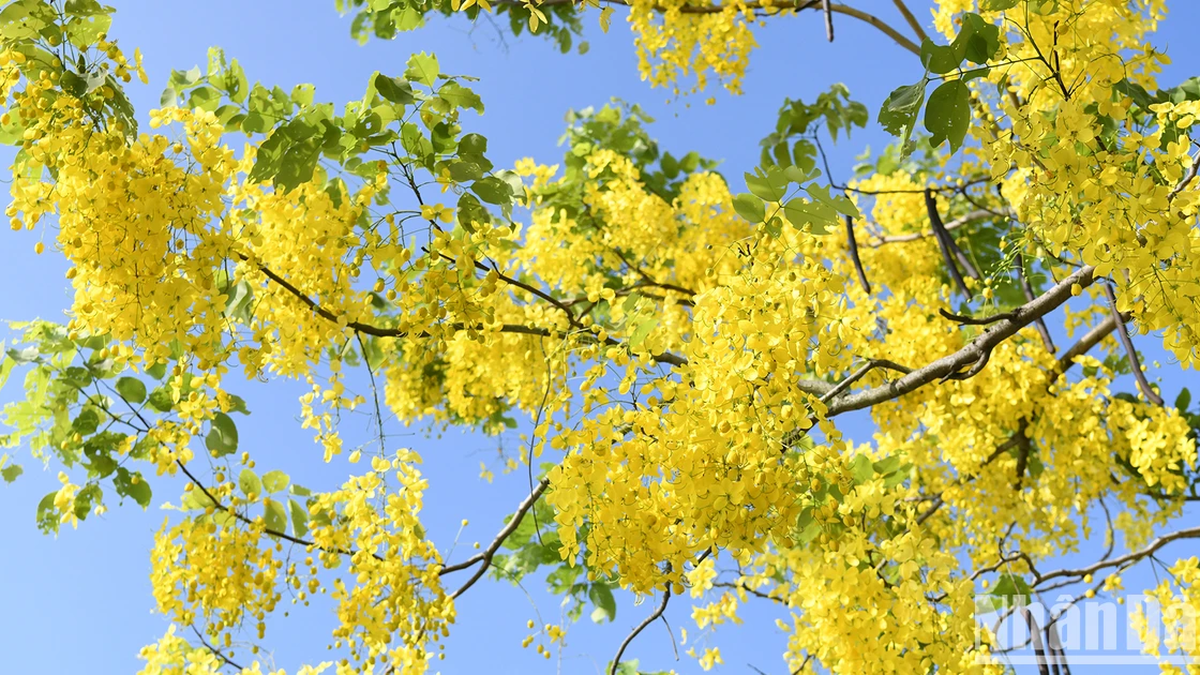
![[Photo] Prime Minister Pham Minh Chinh receives a bipartisan delegation of US House of Representatives](https://vphoto.vietnam.vn/thumb/1200x675/vietnam/resource/IMAGE/2025/5/28/468e61546b664d3f98dc75f6a3c2c880)


![[Photo] Vietnamese and Hungarian leaders attend the opening of the exhibition by photographer Bozoky Dezso](https://vphoto.vietnam.vn/thumb/1200x675/vietnam/resource/IMAGE/2025/5/28/b478be84f13042aebc74e077c4756e4b)
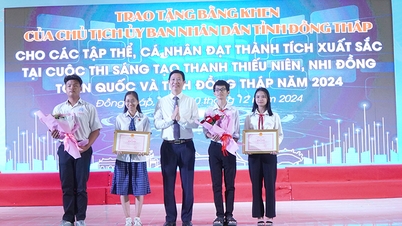
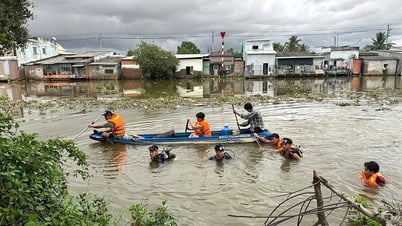
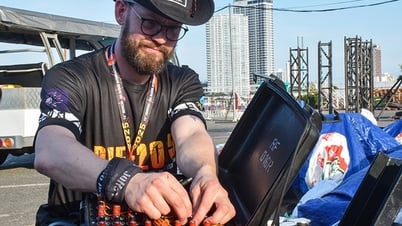

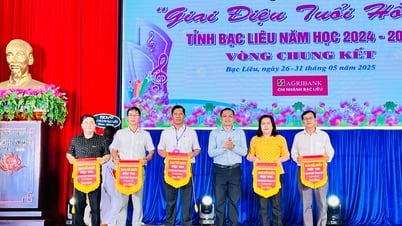

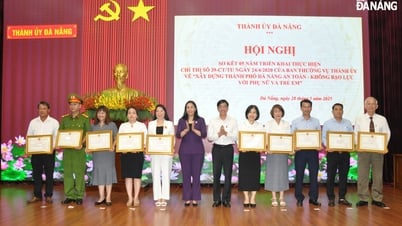




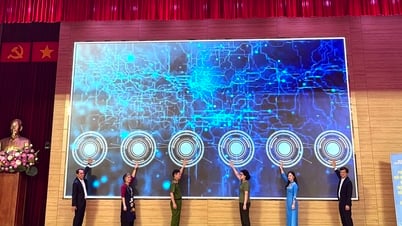

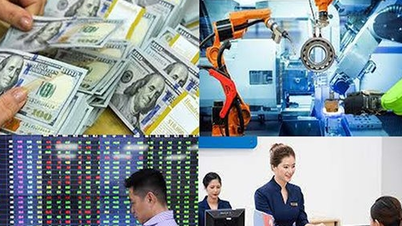

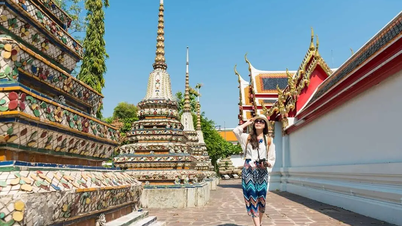
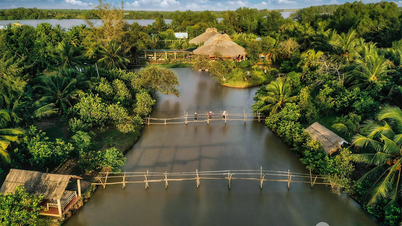









































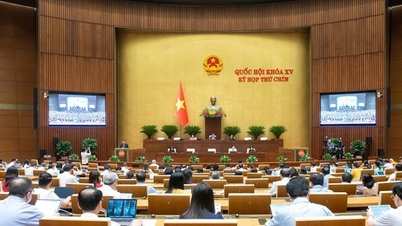








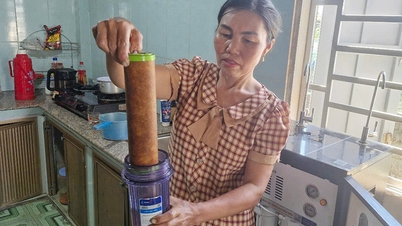
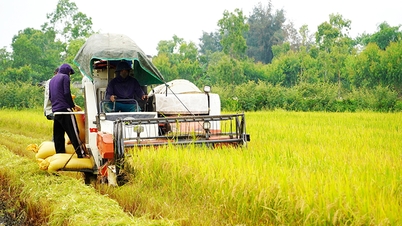




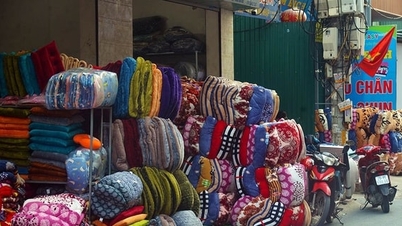

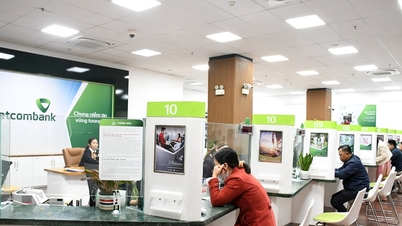









Comment (0)